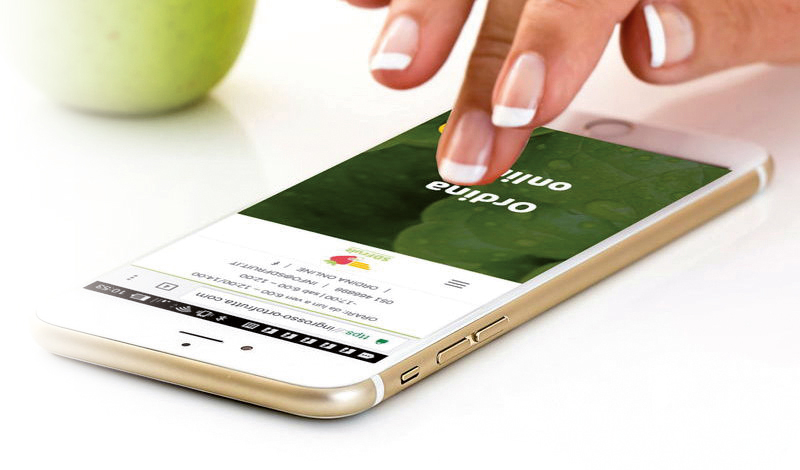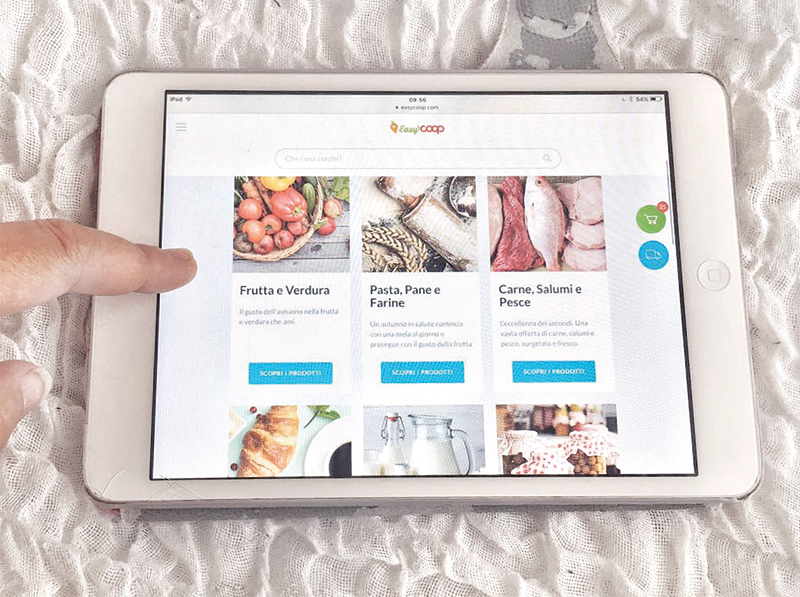Italian consumers more and more digital
Netcomm and TuttoFood Live Forum. The acceleration of eCommerce induced by the pandemic is continuing even after the lockdown, consolidating the new buying habits. Food is among the leading segments with 36% of eShoppers that continue to privilege the digital channels of the large-scale retail trade (+96.4% in packaged consumer goods).
Milena Bernardi

eCommerce has kept its promises and, as expected, has continued its surge even after the lockdown, convincing most Italian consumers, including the most wary of which, not normally very prone to online shopping. The need to maintain social distancing and compliance with anti contagion measures have in fact led users towards forms of contactless purchase, payment and delivery (preferred by 93% of users), changing consumption patterns in a very short time.
A great leap forward
According to what emerged last October 7 on the occasion of the special edition of Netcomm Forum Live, in collaboration with NetStyle and TUTTOFOOD Milano, in the period after the lockdown the frequency of purchase by users has increased by 79%. Overall, transaction volumes in the last 12 months have registered a jump of +15.4%, 7% solely in the period of lockdown, with a 10% increase in product demand.
A scenario that has seen some services of eCommerce manage a demand 10 times higher in the Covid phase, generating in 25% of cases problems in logistics, with lack of available products (26%) and an 18% of cases in which the goods could not be delivered.
In spite of the difficulties, the satisfaction rate of the purchase experience remained high, with an increase both in the lockdown period and in the current one: in September satisfaction from online consumers was 8,5 on a scale from 1 to 10.
Italian eShoppers continue to explore new categories of purchase: 36.4% (+1.8% compared to April) decided to buy products online which they had always bought in stores before; 25% (23.3% in April) went shopping online; however 42% of digital consumers believe that prices of products sourced digitally are higher (they were 28% in April).
As for the use of marketplaces by companies, according to Netcomm, 34% of the critical elements are seen to be the excessiveness of the price compared to the positioning that is assigned to the same, as well as problems related to logistics management and very high commissions: «The integration of digital technologies by Italian companies is still far from the European average” commented Roberto Liscia, President of Netcomm. “It is necessary to exploit and evaluate the effort that the Italian System will have to make at the level of investments oriented towards digital infrastructures, with the objective of bridging the digital divide and providing companies those necessary conditions to carry on with the required technological conversion».
The analysis of the level of digitization of users with their expectations towards the brand deserves a deeper analysis: if the so-called ‘low digital’ users first of all expect a greater emphasis on promotions and discounts, the ‘high digital’ users demand brands pay attention to issues such as sustainability, social inclusion and the ability to excite.
“This need to identify with the brand is in line with the new forms of humanization of digital that are emerging, for example, in Asia, where live streaming commerce is becoming a highly appreciated mode of shopping” explained Liscia.

Boom of e-grocery: online shopping becomes customary
The food sector was undoubtedly among the major players in the growth and spread of eCommerce in the months of the pandemic, when 17.2% of consumers bought at least once through the web, doubling the penetration of online food. The report drawn up by IRI on behalf of Netcomm shows that, while in 2019 online sales were weighted towards the personal care and pet food segments, 2020 saw an explosion in digital sales of packaged consumer products with weekly growth rates that never dropped below 50%, while reaching peaks of 288% (the LCC segment is still showing strong growth with performance of +96.4%).
In the period following the lockdown, online food shopping has become part of the habits of Italian consumers: 36% of users continued to privilege eCommerce by large-scale retailers with an increase in customer satisfaction (7.5 compared to 6.5 in the pandemic period).
Home delivery remains the preferred delivery mode, followed by click & collect (chosen by 18% of Italians), i.e. the in-store collection of goods purchased online, which in the sales quotas exceeded 15% during the lockdown (it was 8.3% in 2019) and was just below 13% in the next phase. This mode, considered more convenient and faster than home delivery, registered a growth of +349% with forecasts of further consolidation among consumers.
«The crisis - concludes Liscia - has confronted all food&grocery players with the need to accelerate their digital transformation. All brands need to prepare to meet the new consumption needs highlighted and invest in digital exports and relations with new intermediaries. If neighborhood stores, for example, will have to build and strengthen the network of digital partners and operators with whom to collaborate to respond to new market demands, the big brands already operating in e-grocery will have to improve the services offered and retain new consumers reached in recent months».

















